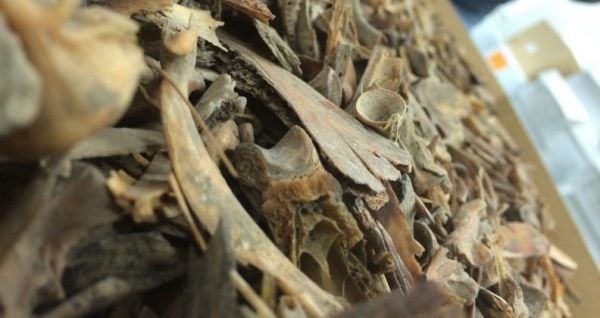Research from Curtin University has found that pre-historic climate change does not explain the extinction of megafauna in North America at the end of the last Ice Age.
The research, published today in Nature Communications, analysed ancient DNA from bone fragments and soil found inside Hall’s Cave, located in central Texas. The researchers discovered important genetic clues to the past biodiversity in North America and provided new insights into the causes of animal extinctions during the Ice Age.
The research was an international collaboration between Curtin University, University of Texas-Austin, Texas A&M University and Stafford Research Labs.
Lead researcher Mr Frederik Seersholm, Forrest Foundation Scholar and PhD candidate from Curtin’s School of Molecular and Life Sciences, said the analysis tracks how biodiversity in Texas changed as temperatures dropped, and then recovered around 13,000 years ago.
Read more at Curtin University
Image: Researchers analysed ancient DNA from bone fragments and soil found inside Hall’s Cave, located in central Texas. CREDIT: Curtin University


